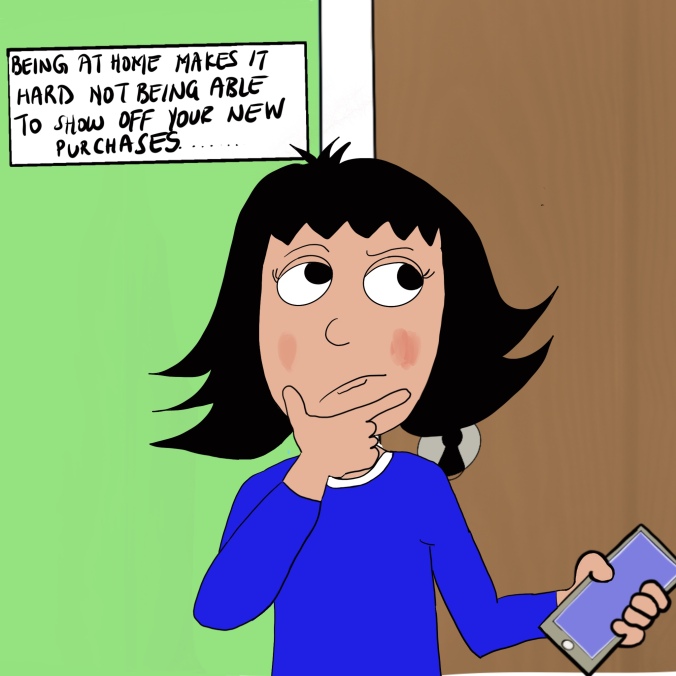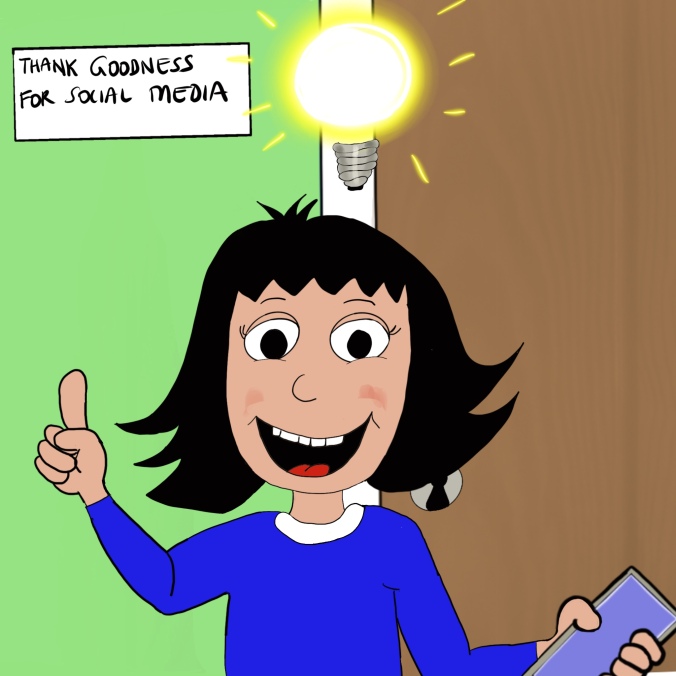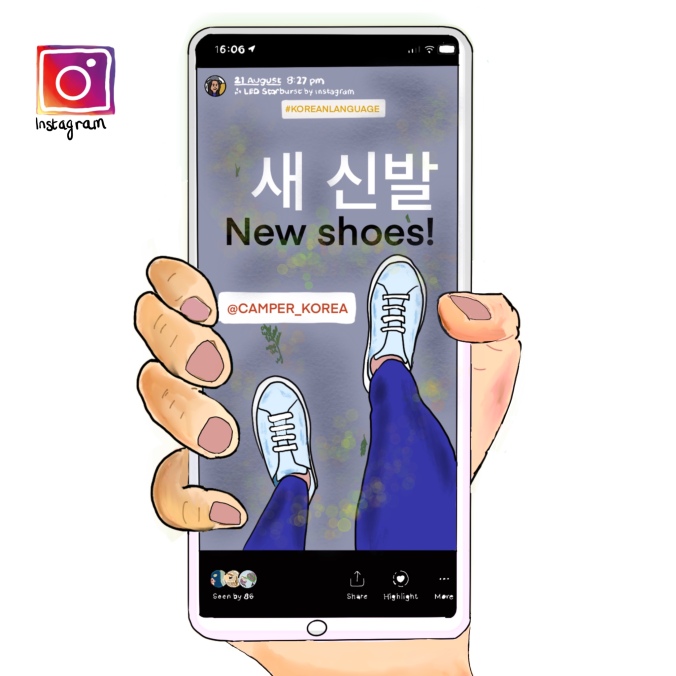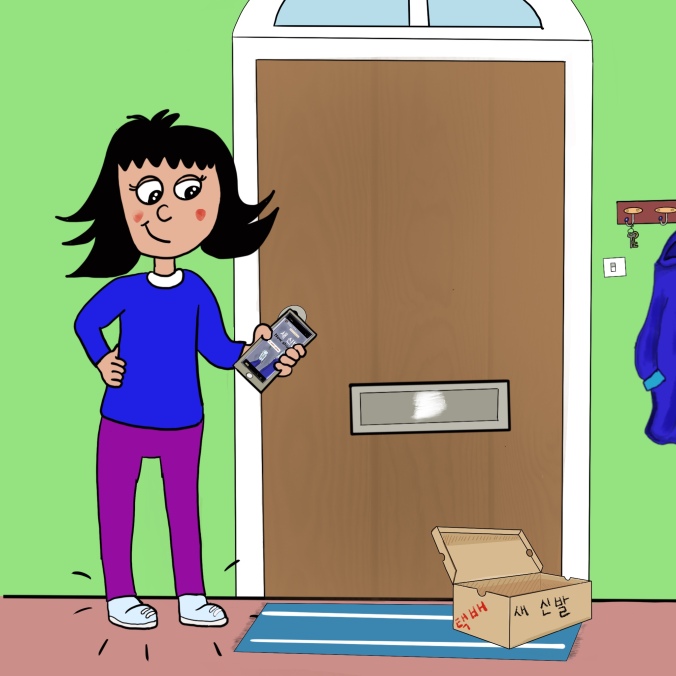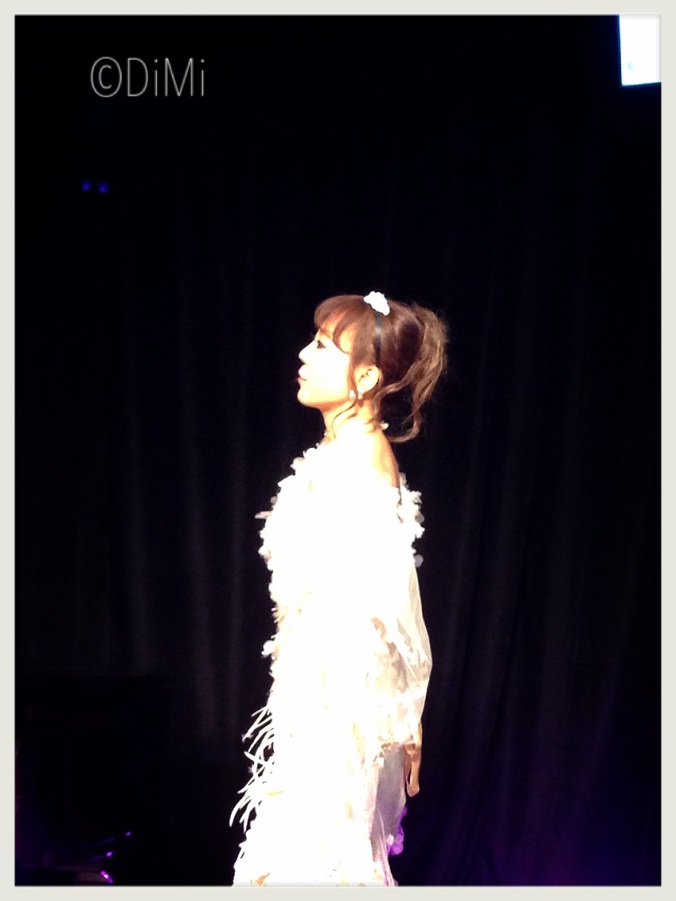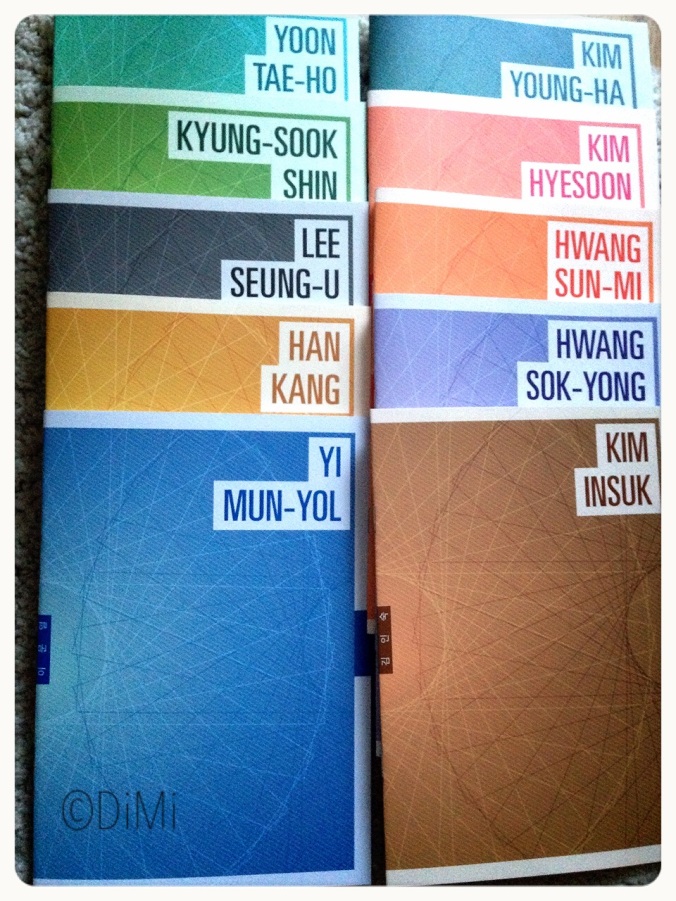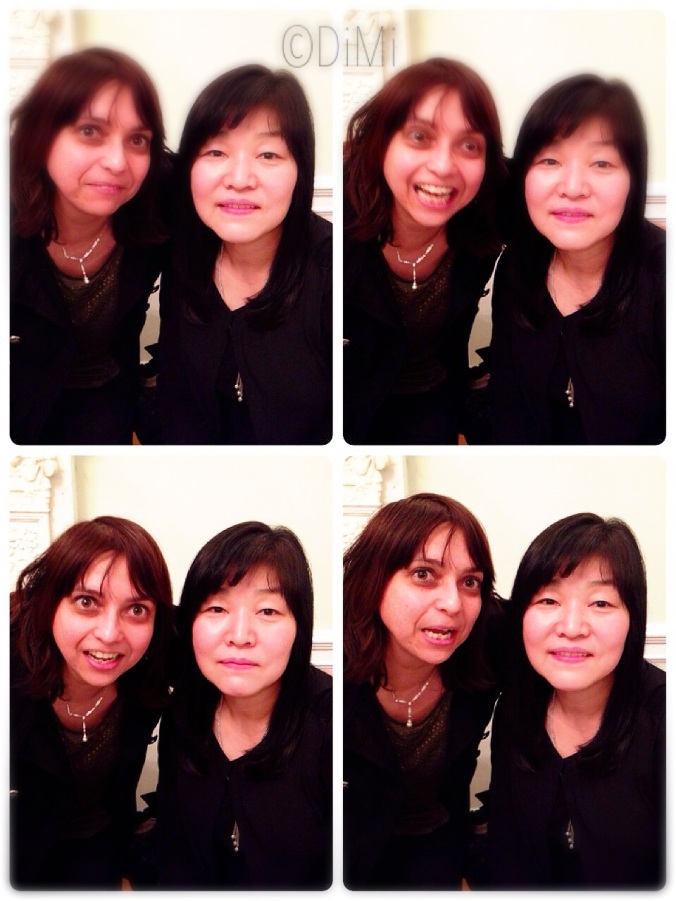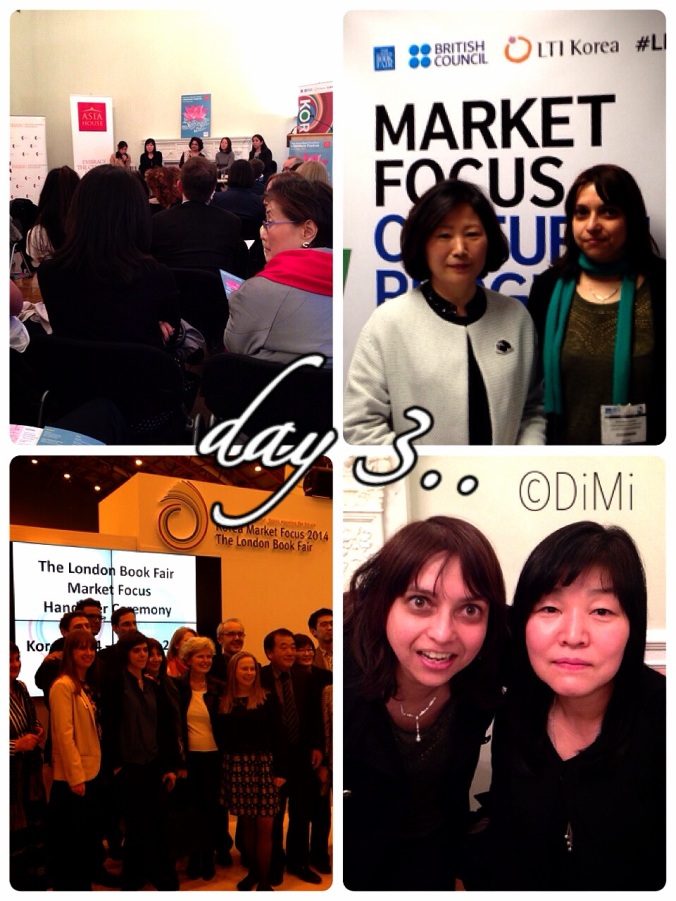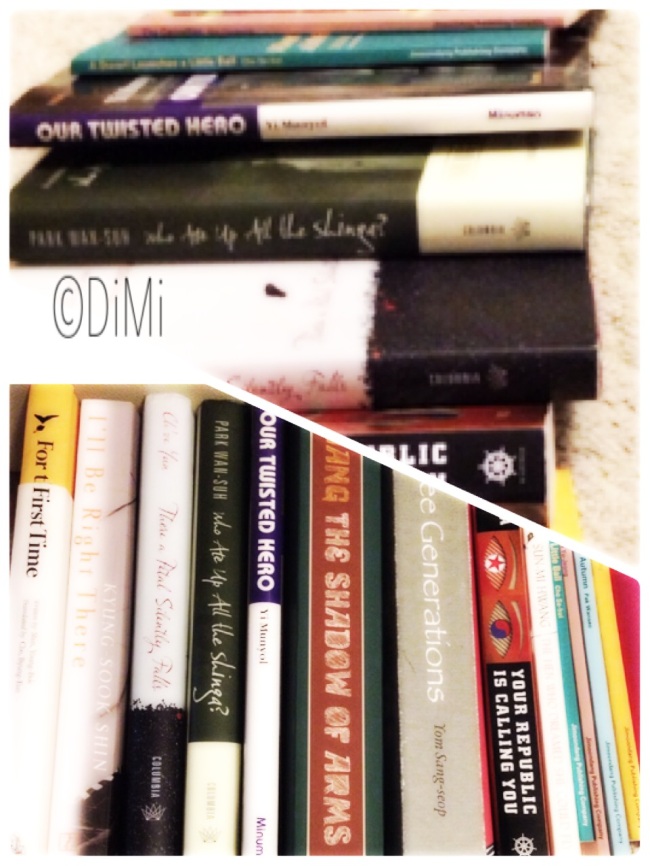
I was asked by a friend what Korean literature was after telling her I was due to attend a book club later that evening at the Korean Cultural Centre. I paused, I was unable to give a specific answer. How can I define Korean literature when the body of work ranges from all types of writing. Korean literature cannot be defined by a single genre nor should it conjure a single image in the mind. It is diverse in its characteristics and has a potted history. Some say that Korean literature emerged after Japanese colonization, others say that the literature has always been in the nation, but it had been written in Hanja (Chinese characters). Hangul was invented by King Sejong in 1443 as the Korean language was never suited to be expressed in Chinese letters. However it took scholars and civil servants at least four hundred years after its invention to fully accept and use it as a language with which to write in. So where does Korean literature begin? Works only written in Hangul? During colonisation by the Japanese (1910-1945) Korea’s identity was being wiped out by Japan, with Japanese as the national language and Japanese history being taught in the schools. Would works being written after this period be considered the start of the literature?
Whatever the correct definition, as its debatable, I have read very little of the existing translated works into English. With the London Book Fair around the corner, I was excited to expand my knowledge in this area and understand what more what was being done to engage the UK market with the works this nation had to offer.
I own 16 books of translated Korean literature, with 3 of them purchased during the London Book Fair (8th April – 10th April) and have read 11 of these (see list below – I will give a review on all of these shortly) However I would not say I am an expert, but post book fair I definitely feel I have a lot of reading to do.
Korean Literature – I have read (to-date)
1) Twisted Hero – by Yi Munyol
2) Who ate up all the shinga – Park Wan-Suh
3) There a petal silently falls – Ch’oe Yun
4) Three days in that autumn – Pak Wanseo
5) Human Decency – Gong Ji Young,
6) A Dwarf launches a little Ball – Cho Se-Hui
7) The Hen who dreamed she could fly – Hwang Sun-Mi
8) Please look after mother – Shin Kyoung-Sook
9) Your Republic is calling you – Kim Young-Ha
10) Three Generations – Yom Sang-Seop
11) Seopyeonje: The Southerners’ Songs by Yi Chung-Jun

